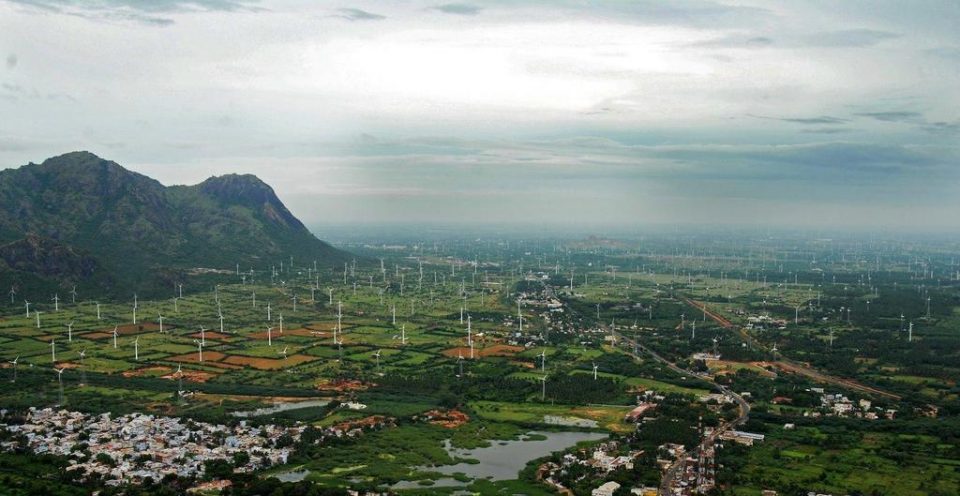
TN needs to repower windmills to meet target power capacity

Tamil Nadu may have the maximum amount of wind power capacity, (8605 MW) but it needs to repower several windmills, which were set up in the 1980s and 1990s, as majority of the mills have less capacity.
Now, windmills across the world have capacity to generate nearly 3 MW, and unless the wind mills in Tamil Nadu are repowered, the state will not be able to harvest renewable power to the extent of what it needs.
According to the National Institute of Wind Energy (NIWE), over 3,000 wind turbines in the state have capacities less than 1MW each and a cumulative capacity of 800MW that has exceeded its design life of 20 years.
Tamil Nadu has the oldest wind turbines, which date back to the 1990s. Due to their smaller hub heights (25-30 metres) and low capacities (<500 kilowatts), early machines are under-utilised.
Due to inefficiencies associated with old windmills, their capacity utilisation factors (CUFs) are often low (10-14 per cent).
Also read: TN’s social sector spending up to ₹1.23 lakh in 2021-22: RBI stats
In the event of worn-out turbines, energy generation will decline, and developers will need to decide on optimising end-of-life machines.
India plans to generate 500 gigawatts of non-fossil energy by 2030, including 140 GW of wind power. Since land is not available in many states, the target can be met only by repowering existing wind installations with high wind speeds and density.
“Repowering involves replacing old small turbines with high-capacity turbines that have higher utilisation factors. Since most of the old wind turbines in Tamil Nadu are rusted, have broken towers and outdated wind-generation components there is an urgent need for repowering,” a study said.
Around 53 per cent of the turbines with less than 550 kW of capacity were installed in Tamil Nadu before the year 2000. They provide an opportunity for continuous sizeable volume for repowering on a rolling basis. Repowering can result in improved CUFs (25-30 per cent) and significant increases in the state’s renewable energy capacity.
The study said that modern wind turbines produce more power because of their optimised blade designs and higher hub heights.
India’s Ministry of New and Renewable Energy published a policy framework in August 2016 to encourage repowering initiatives and make wind resources more productive.
The policy allows repowering of wind turbine generators of 1 MW or less. It offers an additional interest rebate of 0.25 per cent on the loans financed through the Indian Renewable Energy Development Agency.
Also read: TN’s power consumption declines in November by 1,669 million units
In 2018, TANGEDCO drafted repowering guidelines for the state, where it proposed amendments to existing micro-siting guidelines. It requested approval of its repowering framework and related tariff guidelines in 2019.
In response to petitions filed, the Tamil Nadu Electricity Regulatory Commission issued an order in February 2021 that clarified the MNRE repowering guidelines. Despite this, implementation of repowering has been slow.


